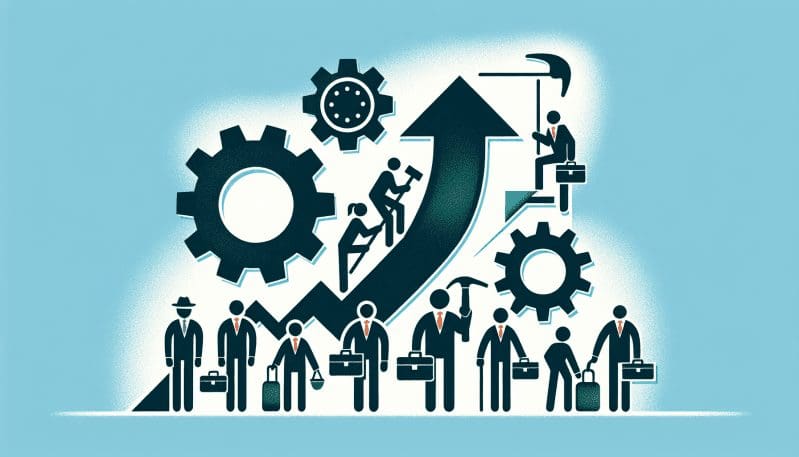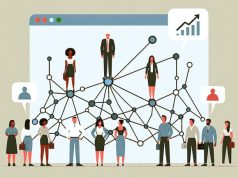In a rapidly changing economic landscape, the role of public policy is more crucial than ever in shaping the opportunities available to workers. The complexities of the job market, the shifts in industrial dominance, and the evolving demands for new skill sets have placed government decisions at the heart of economic progress and individual prosperity.
At the national level, policies that prioritize infrastructure development and advanced manufacturing aim to revitalize industries and create jobs. Yet, the question remains: how effective are these policies in actually promoting long-term economic mobility for the average worker? Investments in infrastructure are designed to be a dual-edged sword, tackling unemployment by creating immediate job opportunities while laying the groundwork for future growth. However, the true success of these policies is measured by their ability to provide sustainable employment and the potential for upward mobility.
State and local governments often tailor their initiatives to address specific regional needs. Tax incentives and business-friendly policies can attract new companies and encourage expansion, but the ripple effect on the workforce must be considered. Do these incentives lead to quality job creation, or do they sometimes result in a ‘race to the bottom’ where worker protections and benefits are compromised for the sake of competition?
Education and skills training initiatives stand at the forefront of workforce development discussions. The proliferation of vocational training programs, apprenticeships, and partnerships between educators and industry are promising steps toward equipping workers with the tools necessary for success. Yet, access to these resources is not uniform. Social and economic barriers can prevent significant portions of the population from benefiting from these programs, thereby limiting the broad impact of educational initiatives on economic mobility.
Minimum wage laws are another pivotal aspect of the policy discussion. Proponents argue that increasing the minimum wage boosts the purchasing power of the workforce, ignites consumer spending, and lifts workers out of poverty, potentially leading to greater economic mobility. Critics, however, caution against the potential for job loss and increased automation as businesses cope with higher labor costs.
‘The Work Times’ delves into these policies with a critical eye, offering a platform for a nuanced debate that encompasses a variety of perspectives. We bring forward the voices of policymakers, who craft these regulations with strategic intentions; economists, who predict their outcomes based on models and historical data; and most importantly, workers themselves, who live the reality of these policies and whose experiences provide the most telling evidence of their efficacy.
Through this exploration, ‘The Work Times’ seeks to illuminate the complex dance between public policy and economic mobility. As we analyze case studies and parse through policy impacts, we remain committed to uncovering truths and fostering a dialogue that promotes an inclusive, dynamic, and equitable job market. By understanding the nuances of how government decisions influence workforce development, we can propose informed recommendations for policy adjustments that ensure not only growth but also prosperity shared across all levels of the workforce.
In conclusion, the interplay between public policy and economic mobility is intricate and laden with challenge. Yet, through informed analysis and active engagement, we can move toward a future where government decisions act as a catalyst for workforce development, enhancing the lives of workers and the health of the economy.




























